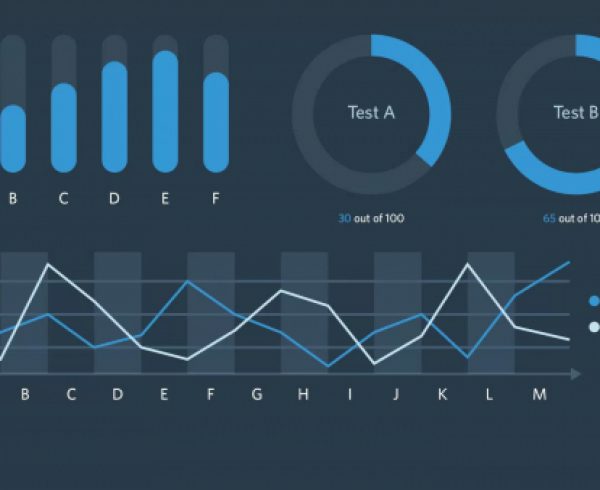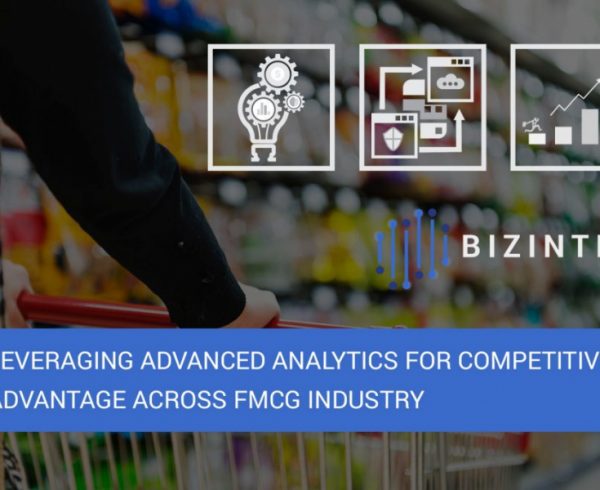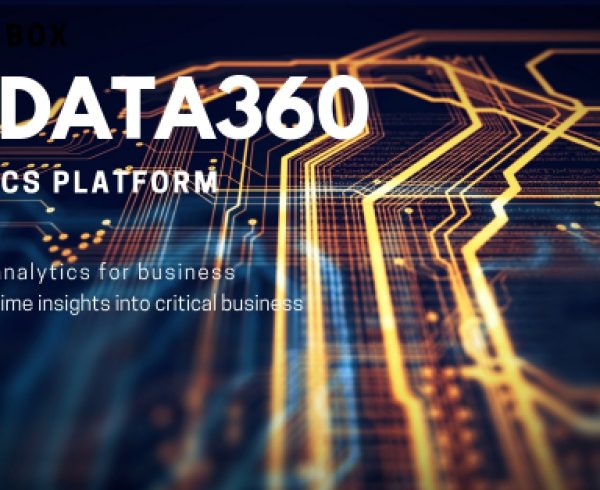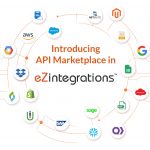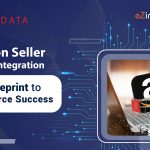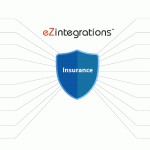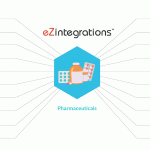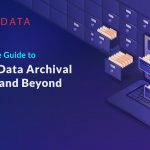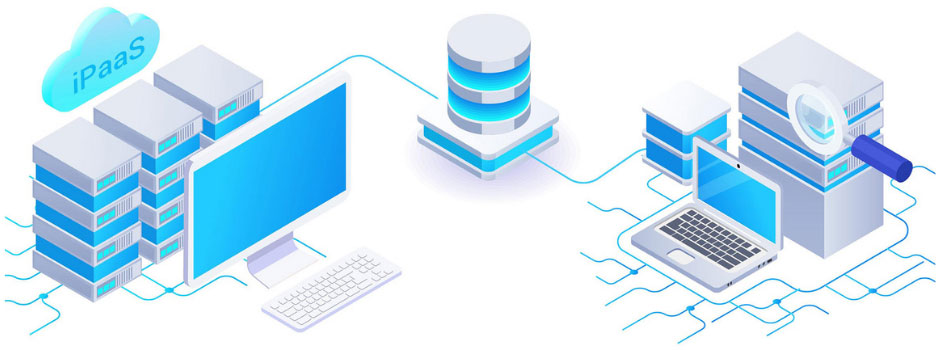
Data Integration for the Modern Business
Data integration is the process of combining data from different sources (external and internal), to provide a single, up-to-date source of information.
This article talks about the importance and approaches of data integration in business and how it helps companies not just to save time and effort but also to keep their important data secure.
What is data integration?
Data integration is a process which requires that data to be collected, analyzed, and shared within an organization. It is a way of collecting dispa Connect data sources of any format and stream data in real-time or defined frequency to data lake. rate data and merging it into one system. This data can come from different departments such as marketing and engineering or it can come from different sources like a company’s internal systems and third-party software providers. Data integration is important because it means that all the data in the company is organized in one place so that analysis becomes easier.
Data Integration vs. Application Integration
Data integration is the practice of combining data from disparate sources into a single set of data with the ultimate goal of providing users with consistent access and delivery of data across a range of topics and structure types and meeting the information needs of all business applications and processes. . In addition to consolidating data from disparate systems, data integration ensures data is clean and error-free to optimize its business value. Simply put, the discipline of data integration allows companies to systematically consolidate data from different source systems and transform it into useful and meaningful information. The integration process consumes, combines, and delivers data into datasets to meet the requirements of all business processes and applications that depend on data access.
Application integration refers to the process of extracting data from source systems, converting it to a different structure or format, and loading it into a destination. A common method of data integration is Extract, Transform, and Load (ETL), in which data is physically extracted from multiple source systems, converted to a different format, and loaded into a centralized data warehouse. The Extract, Transform, Load (ETL) process extracts information from source databases, transforms it, and then loads it into a data warehouse. In extraction jobs, data is extracted from source systems and performed during data transformation to consolidate and filter data for analytical purposes; the resulting datasets are then loaded into the data warehouse.
How to integrate your CRM, ERP, and other systems with eZintegrations™
Ensuring that your data is in one place is a key component of running a successful business. In order to do this, you need to properly integrate the CRM, ERP, and other systems. There are many benefits to doing this, such as being able to find data more easily and getting better insights into the operations of your company. This can help you make better decisions and make your life easier.
By using eZintegrations™ that is a browser-based cloud data integration platform that does real-time data integration with minimum IT intervention for connecting any enterprise application. By leveraging eZintegrations™ no-code iPaaS, users can connect data from fragmented sources and empower organizations to consolidate multiple cloud solutions into a single platform. It can integrate any system traditional RD.
The Benefits of Integrating Data
Data is the new oil of the digital age, and it’s something that every business needs. The more data you have, the better your company will be at making decisions.
Data integration provides business users and data analysts with an integrated view of disparate data sets without the need for IT teams to load data into data warehouses, operational databases, or other target systems. Data integration initiatives, especially in large enterprises, are often used to create data warehouses that combine multiple data sources into a relational database. Data integration, combining data from disparate sources, is critical in today’s data-driven economy, where business competitiveness, customer satisfaction, and operations depend on combining disparate data sets.
As a result, companies simultaneously integrate and combine data and use it to gain the information they need to make important business decisions. Data integration and accumulation on a single platform makes it easy for employees or employees to search, analyze and analyze data. When data is readily available, it becomes easy for project managers to integrate all the information they need into their projects, keep data up-to-date, and share results.
When a company successfully integrates data, the time it takes to identify and analyze that data is significantly reduced compared to data stored in warehouses. The pool of information created during the integration process is often collected in a data warehouse. However, physical integration requires a separate system to process large amounts of data.
Approaches for Data Integration
Different approaches to data integration. Forms of real-time data integration include change data capture (CDC), which applies updates made to data in source systems, data warehouses, and other repositories, and streaming data integration, which combines real-time data feeds and streams. combined datasets into databases for operational and analytical use. Data orchestration takes a more comprehensive approach to data integration and the traditional ETL model by integrating, enriching, and transforming all types of data, including unstructured and streaming, from local, cloud, and external sources. The main benefits of virtual integration are the near-zero latency of propagating data updates from the source system to the consolidated view without the need for a separate repository for the consolidated data.
During integration, the software must make data from different systems compatible with each other so that it can be transferred from one source to another. Application integration involves moving data between individual applications and back to keep them in sync. The ultimate goal of application integration is to enable independently developed applications to work together, which requires consistency of data between separate copies of data, integrated flow management of multiple tasks performed by disparate applications, and similar to the requirements of data integration, a single user interface or service from which data can be accessed and features from independently developed applications.
Manual Data Integration
Manual data integration is simply a process in which a user manually collects the necessary data from various sources through a direct access interface, then cleans and merges it into a store as needed. Big data integration refers to advanced data integration processes designed to handle the volume, variety, and velocity of big data and integrate data from sources such as web data, social media, machine data, and Internet of Things (IoT) data, in a frame. In particular, data integration provides a single view across data sources and allows you to analyze mixed datasets to reveal previously unavailable or uneconomical information.
If a company generates data, it can be integrated and used to provide real-time information for the benefit of the company. As the name suggests, enterprise data integration typically involves collecting data from different business systems and processing it to perform various management and business intelligence tasks. For a business organization to be successful, the main reason must be customer satisfaction, understanding their needs and preferences. Integrated data is fed into transaction processing systems to manage business applications, as well as data warehouses and data lakes to support business intelligence (BI), enterprise reporting, and advanced analytics.
In today’s digital world, data integration is critical. This article explores how to implement a plan for successful data integration. A strategy for implementing the data integration plan should include the following: 1) creating a unified data infrastructure, 2) establishing clear governance and standards, 3) developing full awareness of all sources of data and their quality, 4) finding ways to collect data from disparate systems and 5) ensuring success by investing in people.
Conclusion
Essentially, data integration creates a single, unified view of a company’s data that a business intelligence application can access to provide actionable information based on the organization’s set of information assets, regardless of source or original format. Data integration helps provide the right information and unify any organization by coordinating all activities and decisions in support of the business goal of delivering quality products and services to customers efficiently and effectively. Importantly, these data integration platforms offer the ability to combine structured and unstructured data from internal data sources, and to combine internal and external data sources.
The importance of a data integration strategy for the modern business cannot be underestimated. With such a plan in place, you will be able to increase efficiency, optimize processes, and make better decisions. In addition, a data integration strategy can reduce costs and increase profitability.
It’s time to implement a robust data integration strategy for your company.

